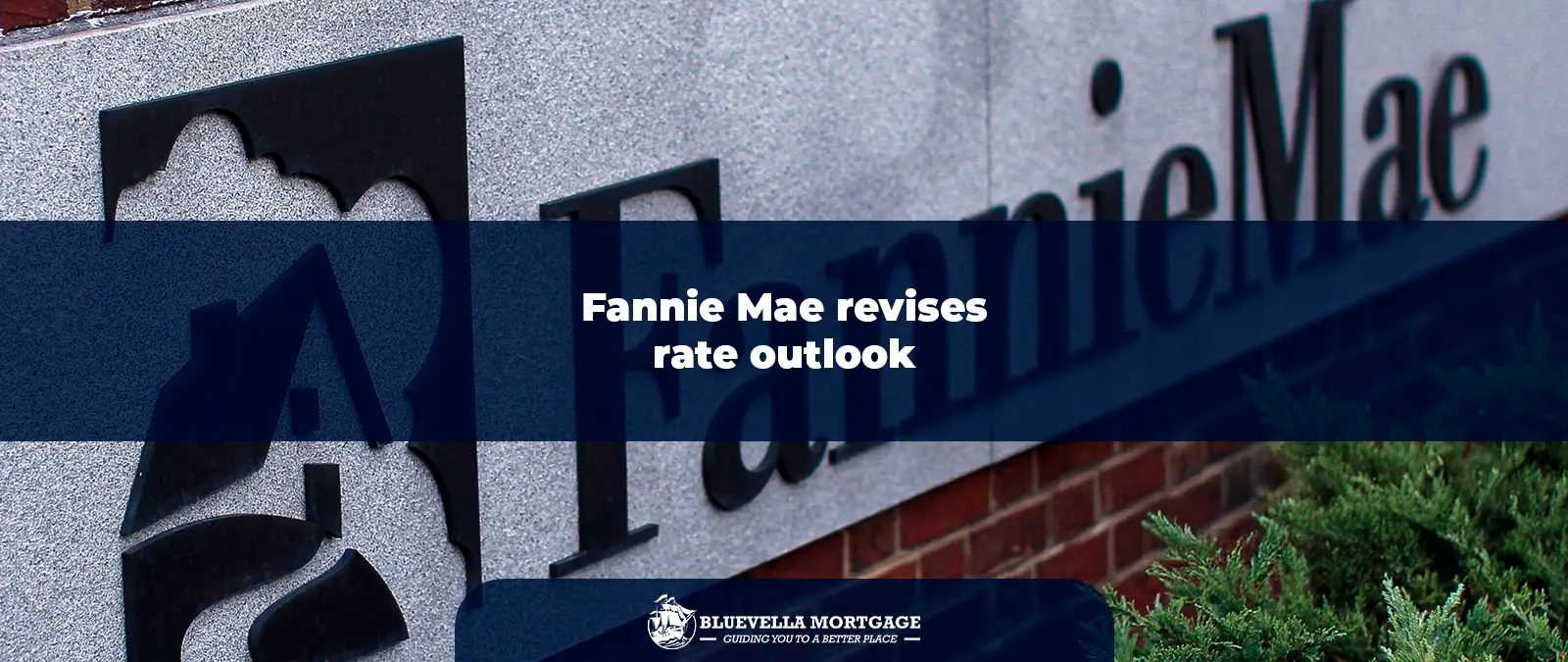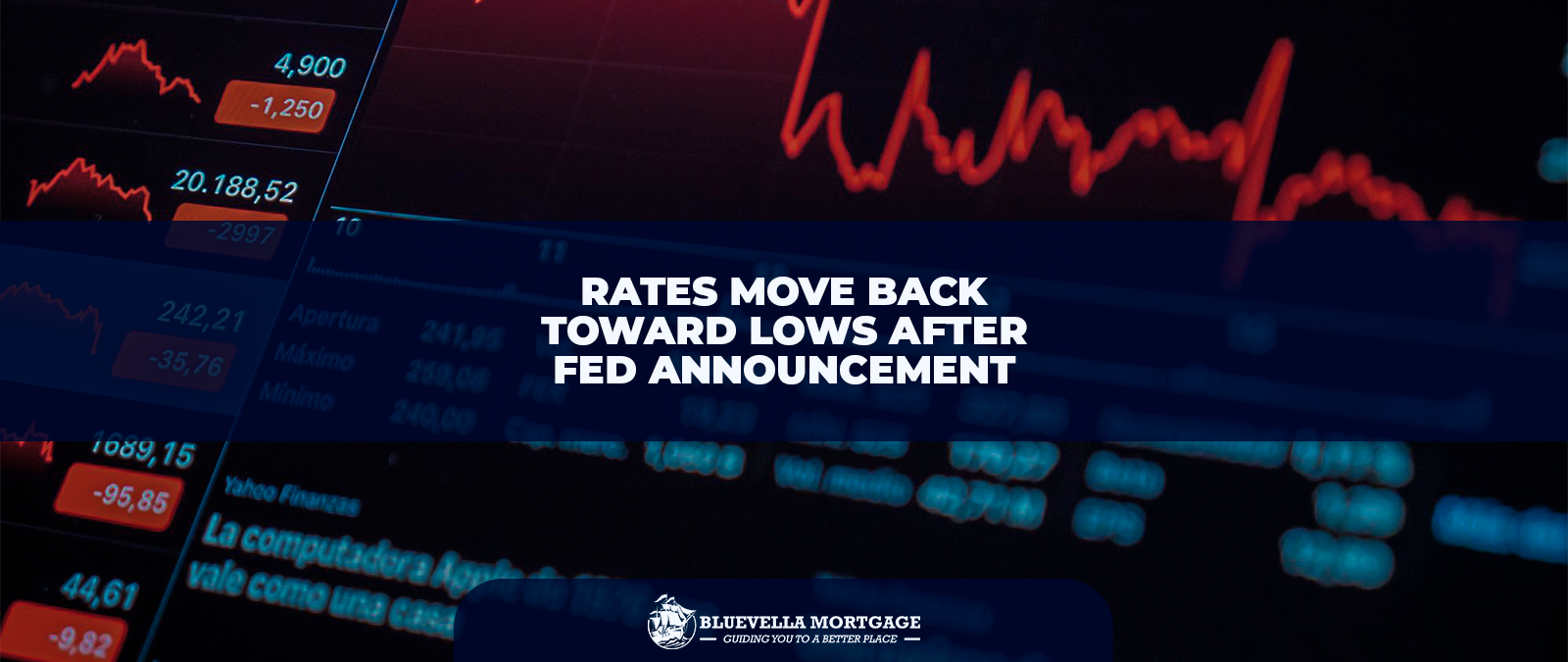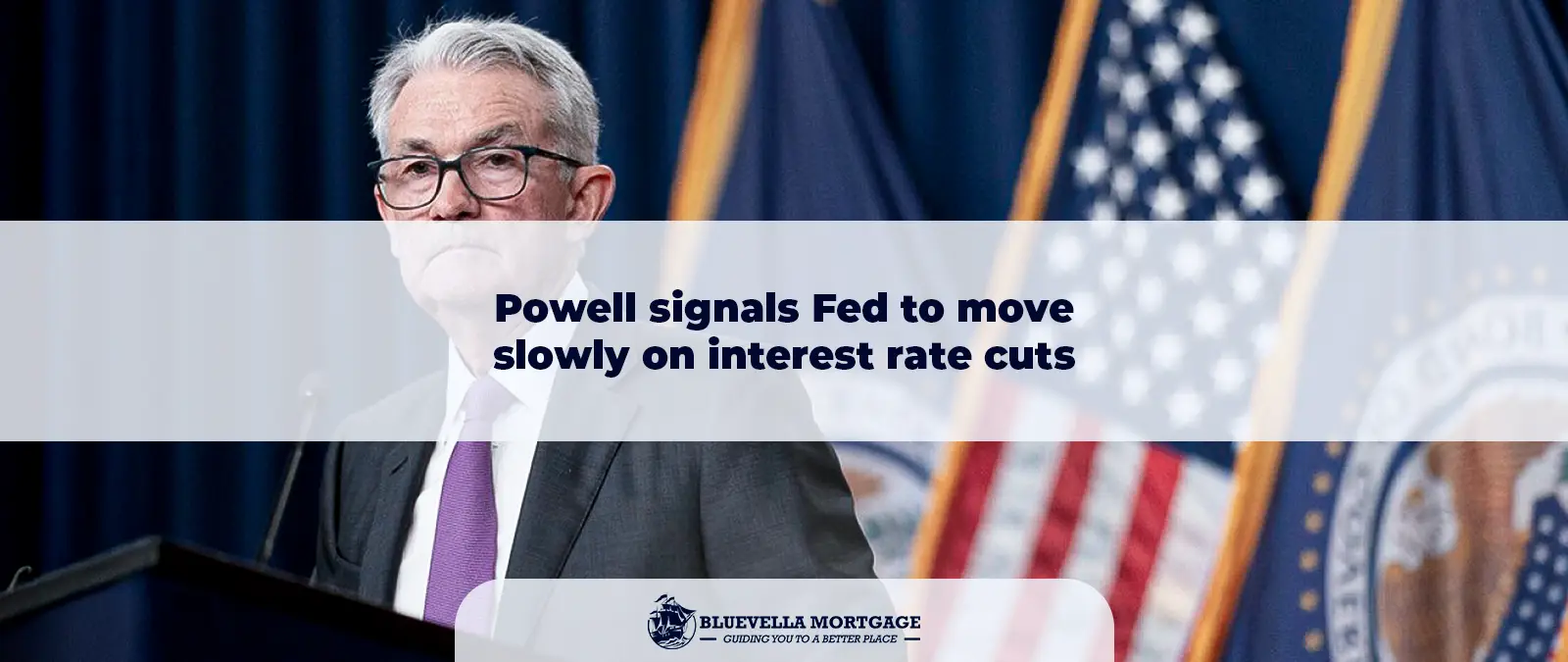Introduction to Fannie Mae and Its Role in the Housing Market
Fannie Mae, formally known as the Federal National Mortgage Association, was established in 1938 as part of the New Deal to stimulate the housing market during the Great Depression. Its primary function is to enhance liquidity in the housing finance system by providing mortgage capital, thereby making homeownership more accessible to American families. By purchasing mortgage loans from lenders, Fannie Mae enables these institutions to replenish their funds, allowing them to issue more loans and ultimately increasing the availability of credit to homebuyers.
The influence of Fannie Mae on mortgage rates is significant. By setting standards for the loans it purchases, Fannie Mae indirectly impacts the terms and interest rates that consumers receive. It invests in U.S. housing finance through the issuance of mortgage-backed securities, which are attractive to investors due to their government-sponsored status. This underscores the importance of Fannie Mae in stabilizing the housing market, particularly during times of economic uncertainty or inflationary pressures, when consumer confidence and housing demand may fluctuate.
In addition to its role in shaping mortgage affordability, Fannie Mae also works to improve housing access for low- and moderate-income families. By participating in various government-backed programs, it aims to promote sustainable homeownership. These efforts are critical for stimulating economic growth, as increased homeownership leads to enhanced community development and higher consumer spending. The agency’s strategies directly affect the overall housing economy and often serve as a barometer of the housing market’s health. Through its policies and market interventions, Fannie Mae remains a cornerstone in ensuring that the U.S. housing market remains resilient and accessible.
Overview of the Current Economic Climate
As of September 2025, the economic landscape in the United States has exhibited several noteworthy trends that have significantly influenced Fannie Mae’s recent revision of its rate outlook. Key economic indicators, including inflation rates, employment statistics, and consumer confidence, serve as vital benchmarks for understanding the prevailing conditions driving this adjustment.
In recent months, inflationary pressures have moderated compared to the peaks experienced earlier in the decade. The Consumer Price Index (CPI) reflects a gradual stabilization of price levels, with annual inflation rates stabilizing around the Federal Reserve’s target of 2%. This stabilization can be attributed to a combination of factors, including subdued energy prices and improvements in supply chain logistics, which have mitigated price volatility. The current economic data indicates a carefully controlled inflation environment that fosters a more predictable financial landscape for consumers and investors alike.
Alongside inflation, employment statistics indicate a robust job market. The unemployment rate has remained at historically low levels, with job creation consistently outpacing expectations across various sectors. Labor force participation has also seen a modest uptick, contributing to greater consumer spending power. This favorable employment climate enhances overall economic stability and supports consumer confidence, both of which are critical components in Fannie Mae’s assessment of housing and mortgage markets.
Moreover, consumer confidence has regained its footing post-pandemic, with household sentiment reaching levels indicative of optimism regarding future economic conditions. Strengthened consumer perception can lead to increased housing demand, reinforcing the importance of these indicators in Fannie Mae’s strategic outlook. Collectively, these economic dynamics illustrate a resilient economic environment, prompting the agency to revise its rate outlook to reflect current realities and anticipations for growth moving forward.
Details of the Revised Rate Outlook
In September 2025, Fannie Mae announced a noteworthy revision to its interest rate outlook, reflecting significant changes in economic conditions and market expectations. This revision has generated interest among homeowners, investors, and economic analysts alike, as it provides critical insights into the future of mortgage lending rates and broader economic indicators.
Fannie Mae’s updated forecast indicates that the average 30-year fixed mortgage rate is now projected to range between 4.5% and 5.5%. This is a notable shift from the previous projections, where rates were anticipated to maintain a steady line closer to 5.25%. The basis for this adjustment stems from a combination of inflationary pressures, shifting Federal Reserve policies, and overall changes in mortgage-backed securities markets. The anticipated fluctuations in interest rates are likely to affect both new borrowers and those looking to refinance existing loans.
Additionally, the updated outlook suggests that short-term rates may experience a slight upward trend, while long-term rates are expected to stabilize in the latter half of the year. Such changes imply that borrowers may need to recalibrate their expectations concerning affordability, leading to potential adjustments in purchasing behavior and market dynamics.
The comparison to prior rates highlights a landscape marked by volatility. As Fannie Mae revises its predictions, it is crucial for stakeholders to remain informed about market shifts that directly impact consumer decision-making in real estate. The implication of these revised rates extends beyond immediate borrowing costs—it resonates through the wider economy by influencing housing supply, demand, and construction activity.
Overall, the revised interest rate outlook by Fannie Mae underscores the importance of keeping abreast of economic indicators that influence mortgage rates, as this insight is essential for strategic financial planning.
Impact on Mortgage Borrowers
The recent revision of the rate outlook by Fannie Mae for September 2025 has significant implications for both current and prospective mortgage borrowers. As interest rates play a pivotal role in determining mortgage affordability, any changes in this outlook will directly affect borrowers’ financial commitments and their ability to purchase homes.
With an anticipated rise in interest rates, potential buyers may find that their monthly mortgage payments will increase. This may lead to a recalibration of budgets, as higher rates mean borrowers will pay more in interest over the life of the loan. For those looking to enter the housing market, this shift may necessitate larger down payments or a reconsideration of their desired home price to maintain affordability. Consequently, the adjustment in rates could potentially deter some buyers from making a purchase in the short term, thus impacting overall housing demand.
Existing mortgage borrowers are not immune to these changes either. Those with adjustable-rate mortgages (ARMs) may experience immediate effects as their payment obligations rise in line with the increased rates. This could strain household budgets and potentially lead to refinancing considerations if they wish to secure a more stable rate. Furthermore, individuals with fixed-rate mortgages may feel more secure, yet they too must be cognizant of the broader impact on home equity and market values as a result of decreased demand from new buyers.
In essence, the revised rate outlook from Fannie Mae introduces a wave of uncertainties. As we look forward, both current and prospective mortgage borrowers will need to navigate these changes carefully, understanding both the immediate financial implications and long-term consequences of the shifting rate environment on their housing decisions.
Investor Reactions and Market Implications
In September 2025, Fannie Mae’s revision of its rate outlook elicited immediate and varied responses from investors in mortgage-backed securities (MBS) and the broader financial markets. The adjustment in projections indicated a tightening in interest rate forecasts, which invariably influenced market trends. Investors, who are particularly sensitive to changes in the MBS market, reacted by reevaluating their positions. The anticipation of rising rates led many to recalibrate their portfolios, opting for strategies that would either hedge against potential losses or capitalize on the expected fluctuations.
One notable reaction was a surge in demand for shorter-duration securities. As investors sought to mitigate the impact of increasing rates on their fixed-income holdings, there was a marked shift towards securities less vulnerable to rate hikes. Furthermore, the adjustment prompted some investors to diversify their portfolios further. This diversification often involved reallocating funds to assets seen as more resilient to interest rate volatility, such as equities or alternative investments. Such strategic shifts underscore the interconnectedness of the mortgage market with wider financial trends.
In the realm of housing market investors, the revised rate outlook signaled potential turbulence ahead. With rising rates typically leading to increased borrowing costs, apprehensions emerged regarding housing affordability. Investors began weighing the implications of higher mortgage rates on home purchasing behavior, which could slow down momentum in housing sales. The outlook also raised concerns about the long-term sustainability of housing prices, as buyers might be less inclined to enter the market amid rising costs. Consequently, many investors in the real estate sector reassessed their strategies, focusing on areas with strong fundamentals less affected by economic cycles.
The reaction of investors to Fannie Mae’s revised rate outlook highlights a critical interplay between market forecasts and investment approaches. These changes serve as a reminder of the need for continuous evaluation and adaptation in a rapidly evolving financial landscape.
Impact on Housing Supply and Demand
The revision of interest rates by Fannie Mae in September 2025 is poised to have significant implications on housing supply and demand dynamics across the market. As borrowing costs fluctuate, prospective homebuyers may react differently, influencing the overall volume of home sales. A notable decrease in interest rates could stimulate demand, making home ownership more accessible, thus propelling a surge in transactions within the housing market. Conversely, an increase in rates typically curtails demand as higher mortgage payments deter potential buyers, leading to a reduction in home sales.
Furthermore, the sensitivity of housing supply to interest rate revisions cannot be overlooked. When borrowing costs rise, builders and developers may become wary of investing in new construction projects due to anticipated decreases in buyer demand. This hesitance can ultimately result in a slowdown of construction activity, affecting the overall housing inventory available to potential buyers. Supply constraints can exacerbate the existing housing shortage, leading to increased competition among buyers for a limited number of properties, driving prices higher in many areas.
The interplay between interest rates and housing supply is complex. With fluctuating rates, new and existing homeowners might choose to remodel or retain their current residences, which can further limit the inventory of homes on the market. Consequently, this scenario can spark a reliance on the available housing stock, amplifying the pressure on an already relaxed supply. As such, the implications of Fannie Mae’s rate revisions are multi-faceted, influencing not only buyer behavior and investment decisions but also the broader landscape of the housing market. Understanding these dynamics will be crucial for stakeholders navigating the evolving environment of housing supply and demand.
Government and Regulatory Responses
The revised rate outlook by Fannie Mae in September 2025 presents multifaceted implications for the housing market. As mortgage rates fluctuate, government bodies and regulators are likely to assess their strategies to maintain market stability. Given the historical interplay between interest rates and housing affordability, one potential response could be the introduction of targeted fiscal policies aimed at supporting homebuyers and stabilizing the real estate sector.
In previous instances of economic shifts, government initiatives have included measures such as tax credits for first-time homebuyers and adjustments to loan limits for government-sponsored entities. These proactive strategies may be revisited to mitigate the impact of rising rates, thereby encouraging home purchasing activity and alleviating any resultant downturn in the housing market. Additionally, it is conceivable that regulatory bodies may explore enhanced lending flexibility to ensure that prospective homeowners can still access affordable financing options.
Moreover, the Federal Reserve has a crucial role in managing interest rates. Should the anticipated rate increases from Fannie Mae lead to broader economic concerns, the Federal Reserve could implement adjustments to its monetary policy, aiming to balance inflation control with the need for market stability. This could involve either raising or lowering benchmark interest rates, depending on the prevailing economic conditions. Furthermore, effective communication from government agencies regarding these measures will be essential, reassuring stakeholders in the housing market and fostering confidence among consumers.
In conclusion, the governmental and regulatory response to Fannie Mae’s revised rate outlook will be paramount in shaping the housing landscape. Through a combination of fiscal measures and strategic regulatory adjustments, authorities have the potential to fortify the market against the repercussions of rising interest rates, ensuring continued access to homeownership and stability within the sector.
Long-Term Trends in Interest Rates and Housing Market
Interest rates have been a critical factor influencing the housing market over the past several decades. Historically, interest rates tend to move in cycles influenced by various economic factors, including inflation, unemployment rates, and monetary policy decisions by the Federal Reserve. The trend observed since the early 1980s shows a general decline in interest rates from record highs to significantly lower levels, impacting affordability and borrowing costs for potential homeowners.
Looking ahead, Fannie Mae’s recently revised outlook predicts that interest rates may continue to display volatility but are expected to remain relatively stable in the short to medium term. Factors contributing to this stability include ongoing supply chain adjustments and fluctuating inflation rates, which can influence consumer confidence and spending. These predictions are crucial for potential homebuyers as they directly affect mortgage rates, which influence purchasing power and overall demand within the housing market.
The interaction between interest rates and the housing market is particularly noteworthy. When interest rates are low, mortgage lending becomes more accessible, driving up demand for homes as buyers can afford larger loans. Conversely, rising interest rates can cool off a heated market, leading to decreased affordability and potentially resulting in a slowdown of home sales. As Fannie Mae forecasts potential changes in the rates, stakeholders, including homebuyers and investors, must remain vigilant in monitoring these trends and preparing for their implications.
Furthermore, the long-term economic impacts of sustained low or moderate interest rates may also lead to increased housing inventory, as higher demand drives new construction projects. This could result in price stabilization in competitive markets, offering opportunities for both first-time buyers and investors. Therefore, understanding the evolving dynamics between interest rates and the housing market will be essential for making informed decisions moving forward.
Conclusion and Future Outlook
The revision of Fannie Mae’s rate outlook in September 2025 has important implications for the housing market. Key factors discussed include shifts in interest rates, projections for home prices, and the overall economic environment that influences these aspects. Fannie Mae has indicated that the anticipated trends may benefit both homeowners and potential buyers. The organization’s insights suggest a closely monitored relationship between borrower behavior and economic fluctuations. Adjustments in rates are expected to play a crucial role in shaping market dynamics.
As the housing market navigates these changes, both borrowers and investors must remain vigilant. An understanding of Fannie Mae’s reports is vital for making informed decisions regarding property investments and mortgage options. The revised outlook highlights potential scenarios that could arise based on varying interest rates and consumer demand, underscoring the necessity of staying informed about housing trends and fiscal policies. As the market evolves, stakeholders who adapt to these revisions stand a better chance of capitalizing on opportunities while mitigating risks associated with fluctuating rates.
In light of Fannie Mae’s provided insights, it is clear that future developments will require careful consideration of economic indicators and market signals. Borrowers are encouraged to assess their financial positions and evaluate timing when approaching new mortgage commitments. Similarly, investors may want to analyze Fannie Mae’s outlook to identify potential shifts in the housing landscape that could affect property values and investment strategies. Overall, the effective synthesis of market data and expert evaluations, such as those from Fannie Mae, will serve as essential tools in navigating the future of housing in a rapidly changing economic landscape.
Follow us:
Know more about Bluevella Mortgage.






